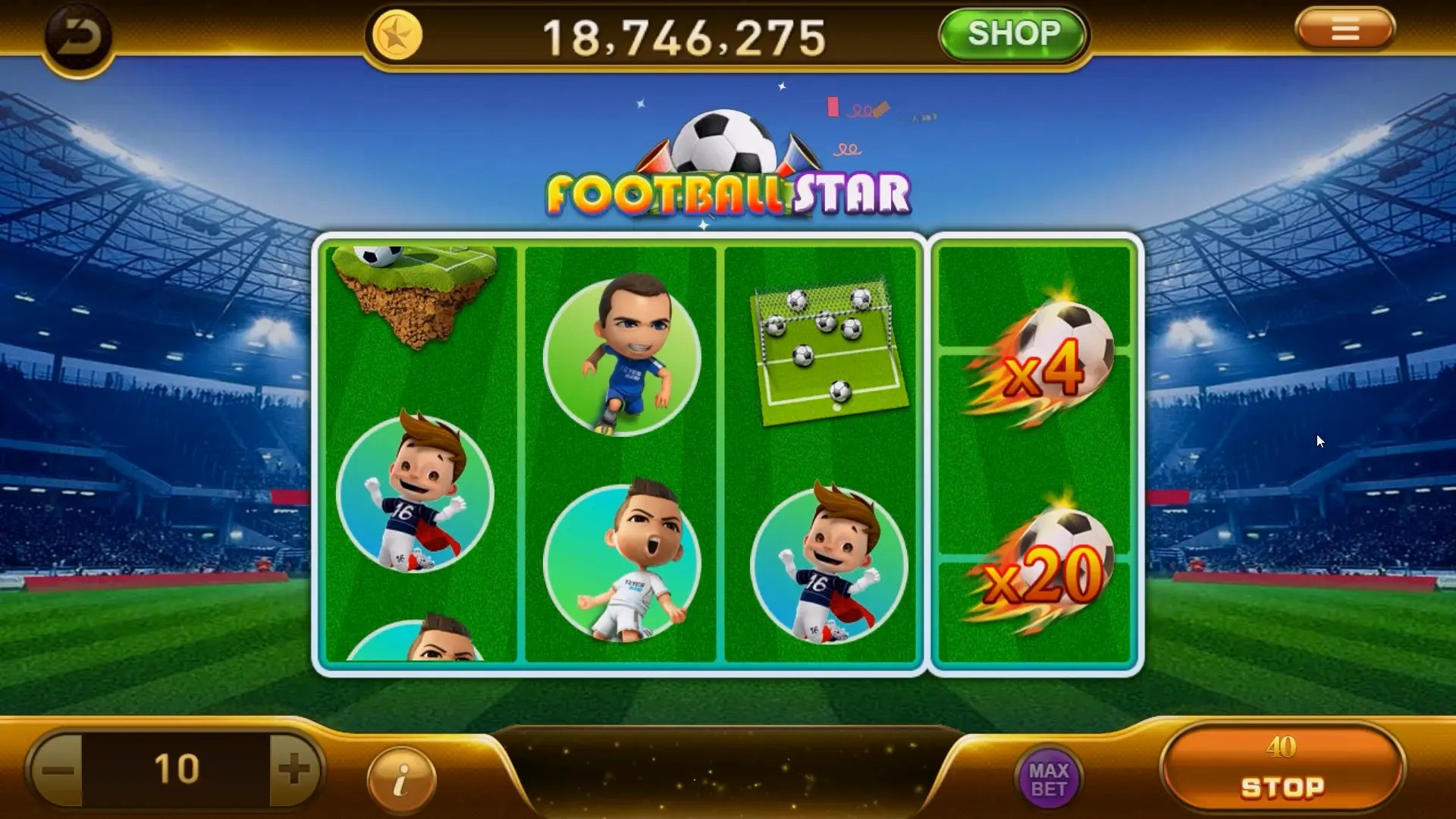-1
Job: unknown
Introduction: No Data
Publish Time:2025-07-25
casual games
The Surprising Rise of Sandbox Games in the Casual Gaming World

### The Surprising Rise of Sandbox Games in the Casual Gaming World Sandbox gaming—a genre once dominated by titles like Minecraft and Gta V—has quietly carved a niche into the hearts (and home screens) of **casual gamers**, offering a perfect escape without taxing one’s attention span or device storage. But what explains this sudden, if not surprising, popularity spike within the **casual games** space? And where do intricate elements, such as puzzles from Skylanders: Imagination's *"rat kingdom puzzle lock"* challenges, find a home? #### From Complex to Conquerable: The Evolution of Sandbox Titles The modern sandbox game used to demand long install times, steep learning curves, and sometimes an intimate understanding of scripting or physics-based mechanics. Fast forward to today—you can tap on "Play" at lunchtime and still make it back to your sandwich. Why is this happening? - *Accessibility* — Modern mobile OS updates support more demanding gameplay while maintaining low-end optimization. - *Time management freedom* — Unlike traditional games with set progression paths, many now allow flexible sessions tailored to busy schedules. It's not unusual for players of varying experience levels to explore detailed builds within minutes—especially with tutorials and hints built directly into titles. For fans who cut their teeth on older **Skylanders imaginators walkthroughs**, this is nothing short of a UX miracle. > Example Game Performance Data: | Feature | Hardcore Title | Light/Sandboxed Derivative | Improvement | |---------------------------|--------------------------|-----------------------------|-------------| | Tutorial Complexity | Level-Based Unlock | Swipe-to-Demo Included | +37% Simpler| | Average Session Time | >45 Mins | ~9 Minutes | Better retention| #### Beyond Click-to-Progress: The Appeal That Goes Deep Many think of mobile casual titles in terms of repetitive tasks ("idle tap-and-wait"). Yet sandbox gameplay offers a richer tapestry, especially when developers sneak complex subsystems under intuitive menus. Think beyond building houses and farms: 1. Story-driven objectives 2. Puzzle elements involving time or limited moves 3. Community-built mods (in-browser or linked apps) One intriguing example lies with **war survival titles**. While not traditional sandboxes per se, their use of customizable bases fits squarely into exploratory design frameworks. Ever looked up guides for “**last war survival game alliance marker**"? If you have, then welcome to an evolving frontier between genres—sandbox meets RPG-like progression, even if unintended. This blurring isn’t just technical jargon—it opens play avenues never seen in classic puzzle solvers or hyper-casual runners. Now, users don't always feel the binary choice: "either commit 10 hours/week...or skip it altogether". Let’s unpack a few reasons this hybridization works: - **Customized progression**: You no longer follow one linear plot line. Players shape narratives, including base construction styles and troop deployments in tactical titles. - ***Social play without pressure***: Invite friends but keep personal saves separate unless needed; this eases stress common among completion-oriented audiences. - **Adaptable pacing**: No mandatory login streak bonuses. Some players may prefer bursts every two days, rather than every twenty-four hours. So next time someone claims that sandbox-style design doesn't scale down...remind 'em they might be playing War Robots or Kingdom Clash clones *and simply forgetting because it feels so natural* to craft their path. #### The Mobile Mirage: Are They Really “Casual Enough?" Critics argue there’s a mismatch forming here—are these increasingly detailed sandboxes betraying simplicity itself? Well... Maybe yes—and maybe we should stop seeing depth as an issue in **casual gameplay** environments. Why? Well-designed mechanics aren't inherently incompatible with lightweight expectations **IF implemented wisely**, which many developers understand now better than ever. What makes some succeed where others fail? - ✅ Prioritized UI feedback animations: Users need to *know* their action changed something immediately. - 🧩 Gradually layered complexity systems akin to Skylander's rat puzzles - 💾 Lightweight saves auto-synched without user input - ⚡ Low-res asset packs optional to improve FPS performance Yes—even puzzle locks, like in the beloved yet niche *Skylanders Imaginator's Rat Kingdom DLC*, have found new meaning inside bite-sized experiences across platforms far removed from dedicated consoles. So the takeaway here? Not all depth adds burden—but how much does it *really contribute* towards satisfaction? If solving the rat tower lock boosts emotional connection and encourages word-of-mouth shares via Facebook groups or Reddit threads...well worth the code bloat. Final Thoughts – Where Is the Next Big Idea? The marriage between the creativity offered by **sandbox games** with the accessibility of everyday casual titles seems less like marketing fluff, and increasingly like inevitability forged from evolving habits and tech limits pushing downward from PC/Mac tiers. In other words: **Casual = Fun** **Sandbox = Creative Freedom** **Together? = Infinite Replay Value Without Burnout** And that’s powerful magic in a mobile-dominated era where attention shifts more fluidly than in generations before us. We’re already witnessing new waves—survival clans requiring alliance markers built from shared resources. Or pixel-based crafting puzzles tied into guild wars. Whatever comes next—watch your screen. And prepare yourself. These worlds won't stay light-weight…or static forever. If Ukraine’s growing indie studios want growth—hybridizing deeper mechanics inside approachable shells may well be one promising avenue going forward.


